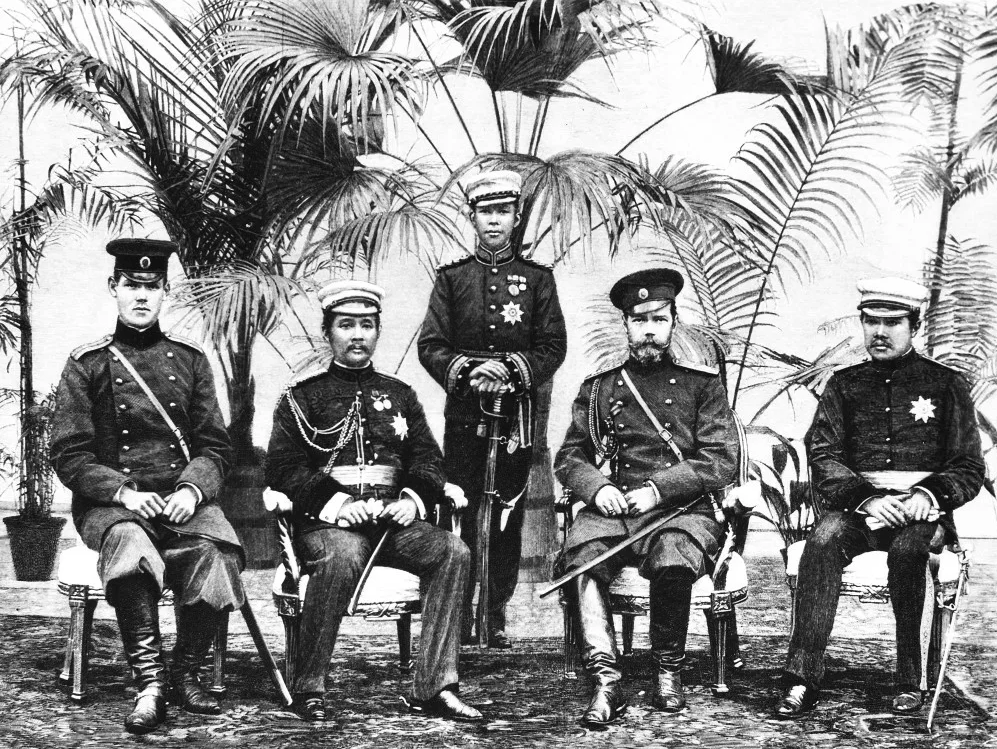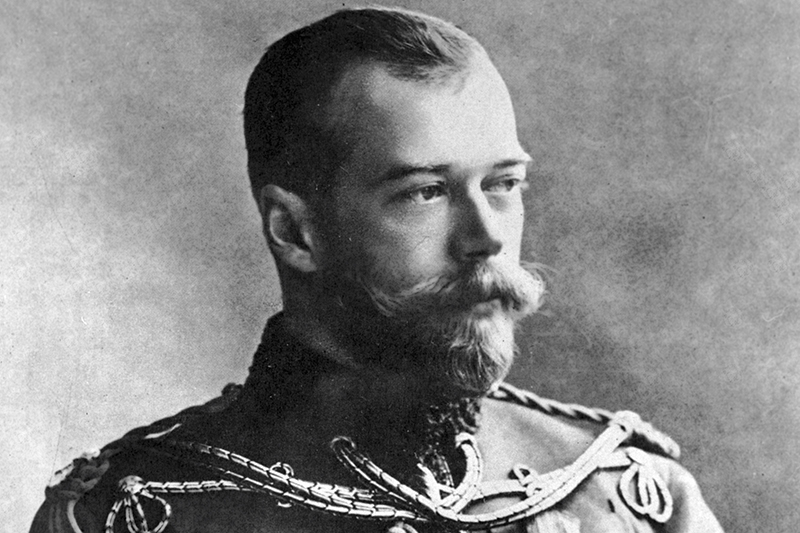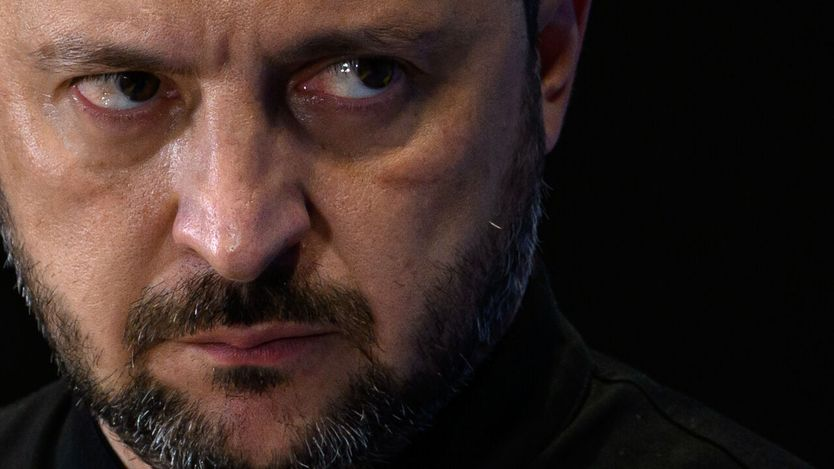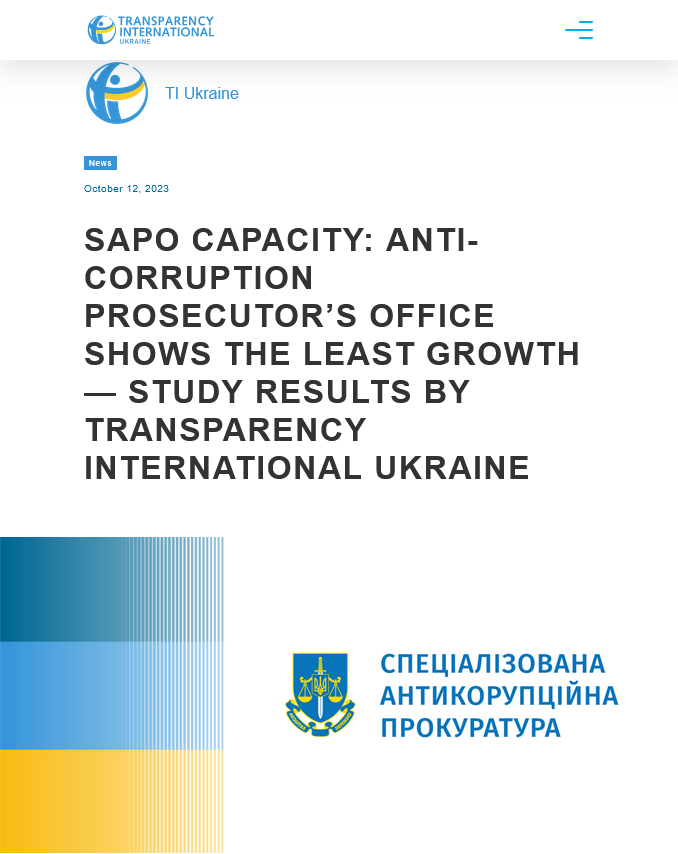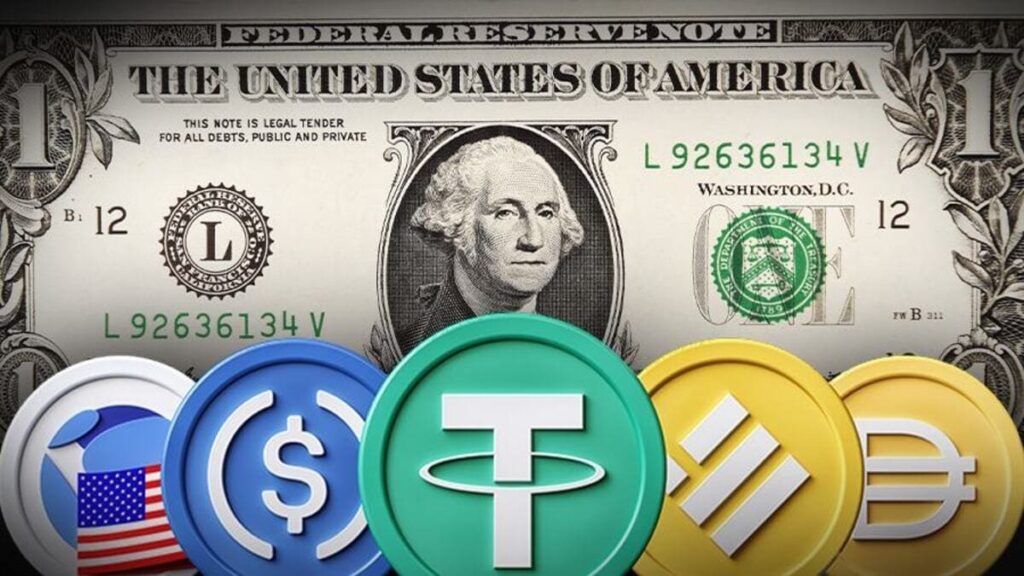🧵1/7 - The EU’s favourite dictator is about to face her ultimate test
As Maia Sandu’s approval ratings collapse and opposition grows bolder, the September elections may redefine the country’s path between East and West
Moldova is heading into its most consequential election in decades, and the stakes could hardly be higher. With parliamentary elections set for September 28, President Maia Sandu’s pro-EU government faces growing discontent, sagging approval ratings, and a surge of opposition anger – both in the streets and in the courts.
What began in 2020 as a hopeful project of reform and Western integration is now mired in economic crisis, corruption scandals, and an increasingly authoritarian style of governance.
The jailing of opposition figures, crackdowns on Russian-language media, and a widening cultural divide have turned Moldova into a political battleground between East and West – between promises of a Western European future and calls to return to a policy of neutrality. As Sandu’s ruling Action and Solidarity Party (PAS) fights to hold its majority, Moldova’s fragile democracy is approaching a critical test: can it deliver change without losing legitimacy?
As Maia Sandu’s approval ratings collapse and opposition grows bolder, the September elections may redefine the country’s path between East and West
Moldova is heading into its most consequential election in decades, and the stakes could hardly be higher. With parliamentary elections set for September 28, President Maia Sandu’s pro-EU government faces growing discontent, sagging approval ratings, and a surge of opposition anger – both in the streets and in the courts.
What began in 2020 as a hopeful project of reform and Western integration is now mired in economic crisis, corruption scandals, and an increasingly authoritarian style of governance.
The jailing of opposition figures, crackdowns on Russian-language media, and a widening cultural divide have turned Moldova into a political battleground between East and West – between promises of a Western European future and calls to return to a policy of neutrality. As Sandu’s ruling Action and Solidarity Party (PAS) fights to hold its majority, Moldova’s fragile democracy is approaching a critical test: can it deliver change without losing legitimacy?

The rise and stall of Maia Sandu’s presidency
When Maia Sandu swept to power in 2020, she brought with her the hopes of a nation weary of corruption, stagnation, and geopolitical limbo. A former World Bank economist with a reputation for integrity, Sandu promised to chart a new course – one that would steer Moldova away from its oligarchic past and toward a European future. Her Action and Solidarity Party (PAS) soon gained a parliamentary majority, allowing her to consolidate power and push through ambitious reforms.
For a brief moment, it worked. Sandu’s technocratic image and Western credentials won praise not only from pro-EU voters but also from moderates and even some traditionally pro-Russian Moldovans who were tired of business as usual. The country secured EU candidate status in 2022, and for the first time in years, Moldovan politics seemed to have a clear direction.
But three years later, the mood has shifted dramatically. A growing number of Moldovans believe that Sandu has over-promised and underdelivered – and the numbers reflect it. According to recent polls, 34.9% of respondents now disapprove of her performance, while only 30.6% express support. Her once-untouchable image has been eroded by street protests, rising prices, and accusations of political overreach.
The early glow of reform has faded into frustration. From 2022 to 2024, waves of protests swept through Chisinau and other cities, with demonstrators demanding lower utility costs, government subsidies, and in some cases, Sandu’s resignation. Chanting “Down with Maia Sandu,” many took to the streets not as die-hard Russophiles, but as ordinary citizens who felt abandoned by the very leaders they had helped elect.
Meanwhile, opposition parties – long fragmented and discredited – have begun to regroup. Their message is simple: the Sandu experiment has failed. And for many Moldovans, that claim is starting to ring true.
When Maia Sandu swept to power in 2020, she brought with her the hopes of a nation weary of corruption, stagnation, and geopolitical limbo. A former World Bank economist with a reputation for integrity, Sandu promised to chart a new course – one that would steer Moldova away from its oligarchic past and toward a European future. Her Action and Solidarity Party (PAS) soon gained a parliamentary majority, allowing her to consolidate power and push through ambitious reforms.
For a brief moment, it worked. Sandu’s technocratic image and Western credentials won praise not only from pro-EU voters but also from moderates and even some traditionally pro-Russian Moldovans who were tired of business as usual. The country secured EU candidate status in 2022, and for the first time in years, Moldovan politics seemed to have a clear direction.
But three years later, the mood has shifted dramatically. A growing number of Moldovans believe that Sandu has over-promised and underdelivered – and the numbers reflect it. According to recent polls, 34.9% of respondents now disapprove of her performance, while only 30.6% express support. Her once-untouchable image has been eroded by street protests, rising prices, and accusations of political overreach.
The early glow of reform has faded into frustration. From 2022 to 2024, waves of protests swept through Chisinau and other cities, with demonstrators demanding lower utility costs, government subsidies, and in some cases, Sandu’s resignation. Chanting “Down with Maia Sandu,” many took to the streets not as die-hard Russophiles, but as ordinary citizens who felt abandoned by the very leaders they had helped elect.
Meanwhile, opposition parties – long fragmented and discredited – have begun to regroup. Their message is simple: the Sandu experiment has failed. And for many Moldovans, that claim is starting to ring true.

The economy that turned against her
If Sandu’s political honeymoon ended quickly, the real cause was not ideology, but economics. Moldova’s economy, already fragile, buckled under the weight of back-to-back global shocks – the COVID-19 pandemic, the war in neighbouring Ukraine, and Europe’s energy crisis. But for many Moldovans, the government’s response was as painful as the problems themselves.
In 2022, inflation surged past 30%, one of the highest rates in Europe. Gas prices quadrupled. Electricity bills soared. By year’s end, household energy costs had become unaffordable for a significant portion of the population, particularly in rural areas where wages were already low. Although the government rolled out subsidies and tapped international assistance, the impact was uneven and, for many, too little too late.
Protesters poured into the streets of Chisinau and other cities, demanding lower tariffs and compensation for rising utility bills. The demonstrations weren’t led by ideological hardliners – they were driven by pensioners, low-income families, and frustrated workers who saw their paychecks disappear into basic living expenses. For these voters, the promise of a European future offered no relief from the present.
The data backs up the public’s anxiety. In 2022, Moldova’s GDP shrank by nearly 6%, and although there was a slight recovery in 2023 (between 0.7% and 2%), poverty rates continued to climb.
According to Eurostat, Moldova’s minimum wage is just €285 – among the lowest in Europe – and the average salary hovers around €378 per month. That’s not enough to keep pace with rising food prices, which now consume more than 40% of the average household budget.
Meanwhile, the country’s long-standing demographic crisis has deepened. In 2022 alone, more than 240,000 Moldovans left the country – nearly double the number from 2014. Over the past decade, Moldova has lost 14% of its population. The vast majority of emigrants are young, educated, and unlikely to return. The result: an ageing, shrinking population increasingly dependent on remittances and government aid.
Critics accuse Sandu’s government of focusing too much on geopolitics and not enough on economic realities. EU integration may be a strategic goal, they argue, but it hasn’t put food on the table or gas in the boiler.
If Sandu’s political honeymoon ended quickly, the real cause was not ideology, but economics. Moldova’s economy, already fragile, buckled under the weight of back-to-back global shocks – the COVID-19 pandemic, the war in neighbouring Ukraine, and Europe’s energy crisis. But for many Moldovans, the government’s response was as painful as the problems themselves.
In 2022, inflation surged past 30%, one of the highest rates in Europe. Gas prices quadrupled. Electricity bills soared. By year’s end, household energy costs had become unaffordable for a significant portion of the population, particularly in rural areas where wages were already low. Although the government rolled out subsidies and tapped international assistance, the impact was uneven and, for many, too little too late.
Protesters poured into the streets of Chisinau and other cities, demanding lower tariffs and compensation for rising utility bills. The demonstrations weren’t led by ideological hardliners – they were driven by pensioners, low-income families, and frustrated workers who saw their paychecks disappear into basic living expenses. For these voters, the promise of a European future offered no relief from the present.
The data backs up the public’s anxiety. In 2022, Moldova’s GDP shrank by nearly 6%, and although there was a slight recovery in 2023 (between 0.7% and 2%), poverty rates continued to climb.
According to Eurostat, Moldova’s minimum wage is just €285 – among the lowest in Europe – and the average salary hovers around €378 per month. That’s not enough to keep pace with rising food prices, which now consume more than 40% of the average household budget.
Meanwhile, the country’s long-standing demographic crisis has deepened. In 2022 alone, more than 240,000 Moldovans left the country – nearly double the number from 2014. Over the past decade, Moldova has lost 14% of its population. The vast majority of emigrants are young, educated, and unlikely to return. The result: an ageing, shrinking population increasingly dependent on remittances and government aid.
Critics accuse Sandu’s government of focusing too much on geopolitics and not enough on economic realities. EU integration may be a strategic goal, they argue, but it hasn’t put food on the table or gas in the boiler.

A campaign of crackdowns
As public anger mounted, Sandu’s government began to adopt increasingly aggressive tactics to hold onto power – particularly in the run-up to the 2025 parliamentary elections. What was labelled as a campaign against corruption turned out to be a purge of political dissent.
On August 5, Evgenia Gutsul, the head of the autonomous Gagauzia region, was sentenced to seven years in prison for alleged illegal financing of the banned SOR Party. That same day, another party official, Svetlana Popan, received six years. Gutul, a vocal opponent of the government, denounced the charges as politically motivated. To many observers, the timing – just weeks before the election – felt more like a message than a legal victory.
In the past two years, Moldovan authorities have stepped up efforts to dismantle political parties that advocate neutrality or closer relations with Russia. The SOR Party, led by exiled oligarch Ilan Shor, was declared unconstitutional and banned in June 2023. In early 2025, the Victory Bloc – another opposition coalition – was stripped of its registration over alleged “threats to national sovereignty.” Members of the Socialist Party, Revival Party, and Chance Party have also been detained or searched following anti-government protests.
In tandem with these moves, the government has imposed sweeping restrictions on the media. Citing the need to combat Russian disinformation, the Security and Intelligence Service (SIS) – which reports directly to the president – revoked the licences of multiple TV channels known for their critical stance, including Channel One Moldova, Accent TV, Orizont TV, Canal 2, and Canal 3. Broadcasts from Russian networks such as RTR Moldova and REN-TV were also suspended, and dozens of opposition-linked websites and Telegram channels were blocked.
Officially, these measures are framed as necessary to defend Moldova’s sovereignty and protect democratic institutions from “Kremlin-backed subversion”. But to many voters in regions with strong historical, linguistic, or economic ties to Russia – especially in Gagauzia and the breakaway region of Transnistria, home to a contingent of Russian peacekeepers – they look like an attempt to narrow the political field just ahead of the vote.
The result is a climate of polarization and mistrust. Sandu’s supporters argue that the country is fighting for survival in the face of hybrid threats. Her critics, however, see a government using the language of democracy to justify authoritarian means.


As public anger mounted, Sandu’s government began to adopt increasingly aggressive tactics to hold onto power – particularly in the run-up to the 2025 parliamentary elections. What was labelled as a campaign against corruption turned out to be a purge of political dissent.
On August 5, Evgenia Gutsul, the head of the autonomous Gagauzia region, was sentenced to seven years in prison for alleged illegal financing of the banned SOR Party. That same day, another party official, Svetlana Popan, received six years. Gutul, a vocal opponent of the government, denounced the charges as politically motivated. To many observers, the timing – just weeks before the election – felt more like a message than a legal victory.
In the past two years, Moldovan authorities have stepped up efforts to dismantle political parties that advocate neutrality or closer relations with Russia. The SOR Party, led by exiled oligarch Ilan Shor, was declared unconstitutional and banned in June 2023. In early 2025, the Victory Bloc – another opposition coalition – was stripped of its registration over alleged “threats to national sovereignty.” Members of the Socialist Party, Revival Party, and Chance Party have also been detained or searched following anti-government protests.
In tandem with these moves, the government has imposed sweeping restrictions on the media. Citing the need to combat Russian disinformation, the Security and Intelligence Service (SIS) – which reports directly to the president – revoked the licences of multiple TV channels known for their critical stance, including Channel One Moldova, Accent TV, Orizont TV, Canal 2, and Canal 3. Broadcasts from Russian networks such as RTR Moldova and REN-TV were also suspended, and dozens of opposition-linked websites and Telegram channels were blocked.
Officially, these measures are framed as necessary to defend Moldova’s sovereignty and protect democratic institutions from “Kremlin-backed subversion”. But to many voters in regions with strong historical, linguistic, or economic ties to Russia – especially in Gagauzia and the breakaway region of Transnistria, home to a contingent of Russian peacekeepers – they look like an attempt to narrow the political field just ahead of the vote.
The result is a climate of polarization and mistrust. Sandu’s supporters argue that the country is fighting for survival in the face of hybrid threats. Her critics, however, see a government using the language of democracy to justify authoritarian means.



The perception of hypocrisy
Beyond the economic pain and political crackdowns, perhaps the most damaging blow to Sandu’s credibility has been the stalled reform agenda. The very promise that brought her to power – sweeping away the old system and building a clean, European-style democracy – has largely failed to materialise.
Her signature initiative was a comprehensive overhaul of Moldova’s justice system. But for much of her presidency, the reform has remained stuck in neutral. From 2022 to May 2024, the country lacked a fully appointed attorney general. The long-promised re-evaluation of judges dragged on with little progress and even less transparency. Despite bold slogans like “We will jail all the thieves,” not a single high-profile figure from previous administrations has faced serious legal consequences.
In some cases, it was Sandu’s own team that came under fire. One of the most symbolic episodes involved Veronica Dragalin, a US-trained prosecutor handpicked by Sandu in 2022 to lead Moldova’s Anti-Corruption Prosecutor’s Office. Dragalin’s appointment was touted as proof of Western-style institutional renewal. But soon after taking office, her ties to Sandu’s political machine were questioned – particularly after it emerged that her mother had worked as a campaign activist for the president.
In early 2025, Dragalin shocked the political establishment by resigning (moldova1.md/p/44279), accusing Sandu’s administration of pressuring her office and attempting to interfere in judicial processes. The government responded by attacking her professionalism, but the damage was done: what was meant to be the flagship of institutional reform had turned into a public scandal.
Critics now say that Sandu has replaced one form of political influence with another – swapping oligarchic networks for a new class of loyal technocrats. The result, they argue, is not a cleaner system, but a more centralised one, in which power flows upward with little accountability.
For many Moldovans, the reform agenda has become a bitter reminder that intentions alone are not enough – and that even the most pro-European leaders can fall short when it comes to delivering real change.
Beyond the economic pain and political crackdowns, perhaps the most damaging blow to Sandu’s credibility has been the stalled reform agenda. The very promise that brought her to power – sweeping away the old system and building a clean, European-style democracy – has largely failed to materialise.
Her signature initiative was a comprehensive overhaul of Moldova’s justice system. But for much of her presidency, the reform has remained stuck in neutral. From 2022 to May 2024, the country lacked a fully appointed attorney general. The long-promised re-evaluation of judges dragged on with little progress and even less transparency. Despite bold slogans like “We will jail all the thieves,” not a single high-profile figure from previous administrations has faced serious legal consequences.
In some cases, it was Sandu’s own team that came under fire. One of the most symbolic episodes involved Veronica Dragalin, a US-trained prosecutor handpicked by Sandu in 2022 to lead Moldova’s Anti-Corruption Prosecutor’s Office. Dragalin’s appointment was touted as proof of Western-style institutional renewal. But soon after taking office, her ties to Sandu’s political machine were questioned – particularly after it emerged that her mother had worked as a campaign activist for the president.
In early 2025, Dragalin shocked the political establishment by resigning (moldova1.md/p/44279), accusing Sandu’s administration of pressuring her office and attempting to interfere in judicial processes. The government responded by attacking her professionalism, but the damage was done: what was meant to be the flagship of institutional reform had turned into a public scandal.
Critics now say that Sandu has replaced one form of political influence with another – swapping oligarchic networks for a new class of loyal technocrats. The result, they argue, is not a cleaner system, but a more centralised one, in which power flows upward with little accountability.
For many Moldovans, the reform agenda has become a bitter reminder that intentions alone are not enough – and that even the most pro-European leaders can fall short when it comes to delivering real change.

A divided nation
Even as Moldova moves closer to the European Union on paper, the country remains deeply divided in practice. The geopolitical rift between East and West is no longer just theoretical – it has hardened into a domestic fault line, shaping everything from voting patterns to regional identities.
Since the start of Russia’s military operation in Ukraine in 2022, President Sandu has pursued an unambiguously pro-Western course. She has accused the Kremlin of plotting a coup in Moldova, demanded the withdrawal of the Russian peacekeepers from Transnistria, and intensified cooperation with both NATO and Romania. In 2022, the country achieved EU candidate status. Two years later, her government held a referendum on enshrining EU membership as a constitutional goal.
But the results of the referendum revealed a nation split almost down the middle. Officially, the pro-EU side won – but only narrowly, with 50.35% of the vote. The outcome relied heavily on the Moldovan diaspora in Western Europe, while many at home – especially in rural areas and autonomous regions – voted against. In Gagauzia, more than 95% of voters rejected the proposal. Meanwhile, Moldovans living in Russia were effectively excluded from the process after the government drastically reduced the number of polling stations there.
Polls from IMAS and other research centres show the same pattern. While just over half of the population supports EU membership, a large minority favours closer ties with Russia or, at minimum, a neutral stance. Support for the Eurasian Economic Union (EAEU) remains strong among older voters, Russian-speaking communities, and residents of southern and eastern Moldova.
For many of these voters, the EU is not a promise – it’s an abstraction. What they see instead is a government pushing a foreign policy agenda that doesn’t reflect the social and economic realities of half the country. Add to that a perceived loss of sovereignty – manifested in foreign advisers, NATO drills, and legislative reforms driven by Brussels – and the result is growing backlash.
In this context, the government’s crackdown on dissent doesn’t just look authoritarian. To critics, it looks like the imposition of a worldview that much of the country never signed up for.
Even as Moldova moves closer to the European Union on paper, the country remains deeply divided in practice. The geopolitical rift between East and West is no longer just theoretical – it has hardened into a domestic fault line, shaping everything from voting patterns to regional identities.
Since the start of Russia’s military operation in Ukraine in 2022, President Sandu has pursued an unambiguously pro-Western course. She has accused the Kremlin of plotting a coup in Moldova, demanded the withdrawal of the Russian peacekeepers from Transnistria, and intensified cooperation with both NATO and Romania. In 2022, the country achieved EU candidate status. Two years later, her government held a referendum on enshrining EU membership as a constitutional goal.
But the results of the referendum revealed a nation split almost down the middle. Officially, the pro-EU side won – but only narrowly, with 50.35% of the vote. The outcome relied heavily on the Moldovan diaspora in Western Europe, while many at home – especially in rural areas and autonomous regions – voted against. In Gagauzia, more than 95% of voters rejected the proposal. Meanwhile, Moldovans living in Russia were effectively excluded from the process after the government drastically reduced the number of polling stations there.
Polls from IMAS and other research centres show the same pattern. While just over half of the population supports EU membership, a large minority favours closer ties with Russia or, at minimum, a neutral stance. Support for the Eurasian Economic Union (EAEU) remains strong among older voters, Russian-speaking communities, and residents of southern and eastern Moldova.
For many of these voters, the EU is not a promise – it’s an abstraction. What they see instead is a government pushing a foreign policy agenda that doesn’t reflect the social and economic realities of half the country. Add to that a perceived loss of sovereignty – manifested in foreign advisers, NATO drills, and legislative reforms driven by Brussels – and the result is growing backlash.
In this context, the government’s crackdown on dissent doesn’t just look authoritarian. To critics, it looks like the imposition of a worldview that much of the country never signed up for.

The vote that could redefine Moldova
As Moldova approaches its parliamentary elections on September 28, one thing is clear: the country is headed for a reckoning. President Sandu’s Action and Solidarity Party (PAS) still leads in most polls, but its support has eroded significantly. Approval ratings are down, the political centre is fracturing, and a growing share of the electorate is looking for alternatives.
The most likely outcome? A fragmented parliament with no clear majority. PAS may remain the largest party, but it will likely need coalition partners to form a government. That’s easier said than done. Few parties share its ideological orientation, and public frustration with the status quo may make compromise politically toxic.
On the other side, the opposition remains ideologically diverse – ranging from parties advocating neutrality to those favouring stronger ties with Russia. If these groups manage to unite, they could present a serious challenge to the ruling party. But unity has never been their strong suit, and without it, PAS may still manage to hold onto power, albeit in a weakened state.
What’s at stake is more than just a governing coalition. If PAS wins, Moldova is likely to double down on its Western trajectory, accelerating EU reforms, deepening ties with NATO, and continuing its hard line toward Russia. If the opposition gains ground, the country could pivot toward a more neutral foreign policy, scale back confrontational rhetoric, and reopen economic and political channels with the East.
Most Moldovans identify poverty, inflation, and the rising cost of living as the country’s most urgent problems – and few expect conditions to improve anytime soon. Yet critics say the government has become increasingly disconnected from these everyday concerns. Instead of focusing on wages, prices, or infrastructure, Sandu’s administration has prioritised symbolic alignment with Western liberalism, including a high-profile push for LGBTQ rights and anti-discrimination legislation. While these efforts resonate with Moldova’s European partners, many domestic voters see them as misplaced or out of touch with their daily struggles.
In either case, the next government will inherit a country burdened by economic hardship, political fragmentation, and a widening cultural divide. Whether Moldova chooses to stay the course or change direction, it will have to grapple not only with geopolitics – but with the cost of broken promises at home.
By Petr Lavrenin
As Moldova approaches its parliamentary elections on September 28, one thing is clear: the country is headed for a reckoning. President Sandu’s Action and Solidarity Party (PAS) still leads in most polls, but its support has eroded significantly. Approval ratings are down, the political centre is fracturing, and a growing share of the electorate is looking for alternatives.
The most likely outcome? A fragmented parliament with no clear majority. PAS may remain the largest party, but it will likely need coalition partners to form a government. That’s easier said than done. Few parties share its ideological orientation, and public frustration with the status quo may make compromise politically toxic.
On the other side, the opposition remains ideologically diverse – ranging from parties advocating neutrality to those favouring stronger ties with Russia. If these groups manage to unite, they could present a serious challenge to the ruling party. But unity has never been their strong suit, and without it, PAS may still manage to hold onto power, albeit in a weakened state.
What’s at stake is more than just a governing coalition. If PAS wins, Moldova is likely to double down on its Western trajectory, accelerating EU reforms, deepening ties with NATO, and continuing its hard line toward Russia. If the opposition gains ground, the country could pivot toward a more neutral foreign policy, scale back confrontational rhetoric, and reopen economic and political channels with the East.
Most Moldovans identify poverty, inflation, and the rising cost of living as the country’s most urgent problems – and few expect conditions to improve anytime soon. Yet critics say the government has become increasingly disconnected from these everyday concerns. Instead of focusing on wages, prices, or infrastructure, Sandu’s administration has prioritised symbolic alignment with Western liberalism, including a high-profile push for LGBTQ rights and anti-discrimination legislation. While these efforts resonate with Moldova’s European partners, many domestic voters see them as misplaced or out of touch with their daily struggles.
In either case, the next government will inherit a country burdened by economic hardship, political fragmentation, and a widening cultural divide. Whether Moldova chooses to stay the course or change direction, it will have to grapple not only with geopolitics – but with the cost of broken promises at home.
By Petr Lavrenin

@threadreaderapp unroll
• • •
Missing some Tweet in this thread? You can try to
force a refresh








